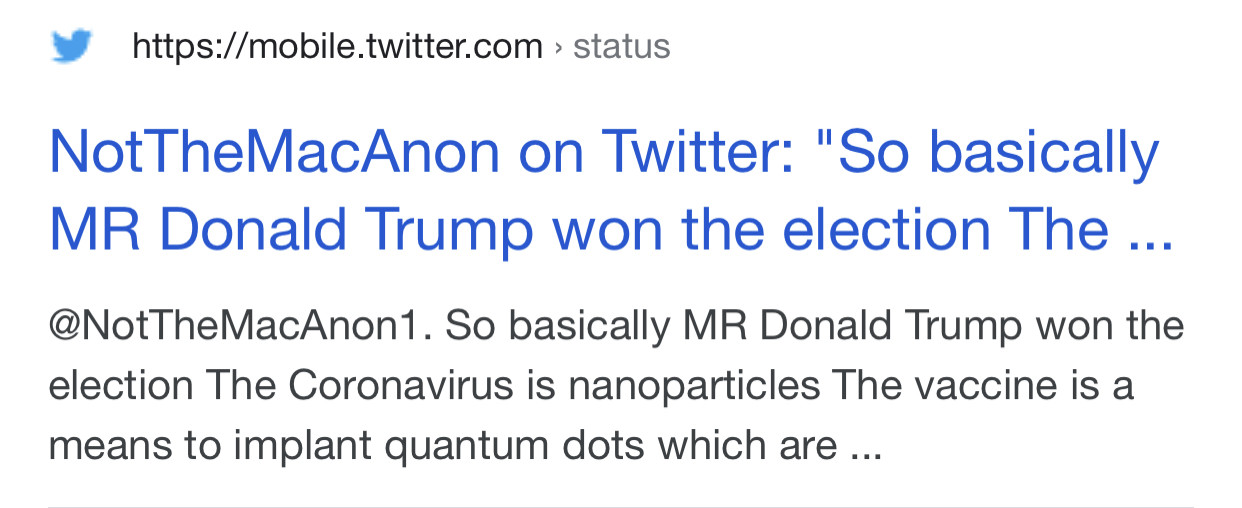The surface area of inhaled nanoparticles favors the formation of free radicals (i.e. superoxide anions or hydroxyl radicals), which drive oxidative stress, an underlying mechanism that promotes inflammatory responses (14, 15). The ratio of surface atoms to total atoms or molecules increases exponentially with decreasing particle size, contributing to the surface reactivity (10). Oberdörster confirmed this by examining a difference in toxicities from nano-sized versus micron-sized titanium dioxide particles of the crystalline type, anatase, when instilled at the same mass dose. The nano-sized particles were more reactive than the micron-sized particles. The data was linearly correlated when the same experiments were performed at the same surface area dose (1)
Has anyone ever noticed how Titanium Dioxide is in a plethora of products?
I’m still waiting for a reply. 🤷🏼♂️
They are trying to erase everything.
quantum dots WHICH are where?
What is a solid lipid nanoparticle?
In recent years, the field of self-assembled quantum dots has shown great promise for nanoscale applications in optoelectronics and quantum computing.



